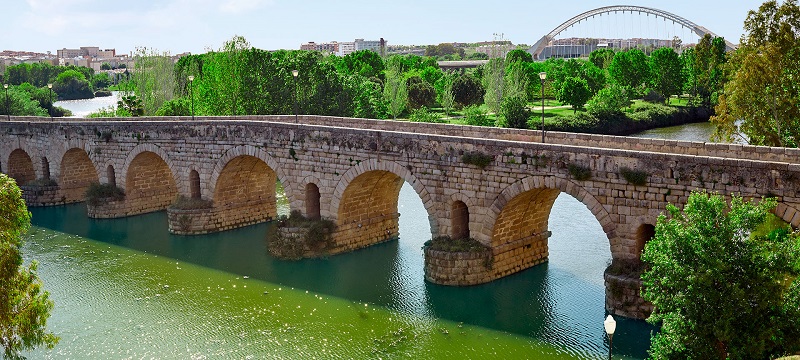
With 60 arches and a length of almost 800 meters, the Emerita Augusta bridge over the Guadiana is one of the longest Roman bridges in the world.
Did you know that originally there were two bridges that were originally two bridges that were later joined together?
Below you will discover a little of the history of the Roman bridge of Mérida and you will be surprised by its most interesting facts.
Video tour of the Roman bridge of Merida
In this short video you will be able to contemplate the majesty of the Roman bridge and learn the most interesting facts.
A little history of the bridge over the Guadiana River
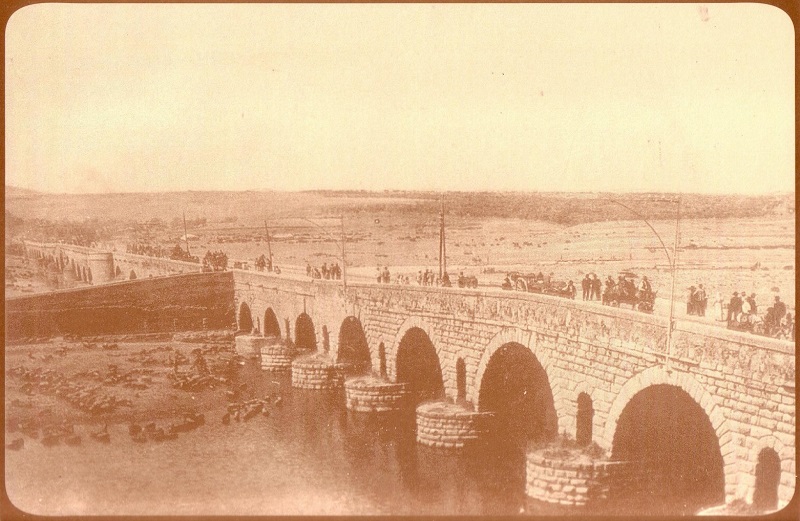
The Roman bridge of Merida was built during the 1st century B.C. on a small islet, at the same time that the colony was founded.
At first it consisted of two bridges connecting a central islet, where the Romans built a large wedge-shaped cutwater that divided the river into two parts.
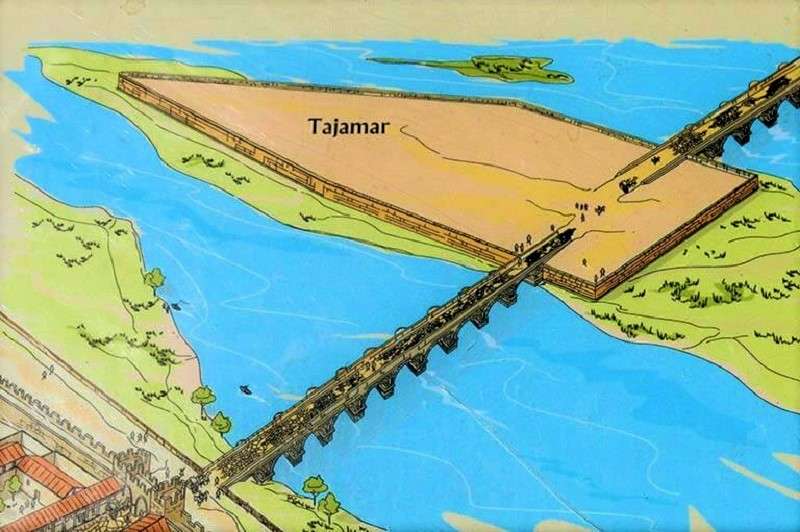
This space was ample and was a key point for holding the livestock fair, being a center of commerce and a strategic point in the transportation of goods.
Its 792 meters in length make it the second longest Roman bridge in the world, second only to the bridge over the Danube, which is 1,135 meters long.
Its highest points are about 12 meters high.
This bridge was the entrance to the city and gives meaning to the existence of Augusta Emerita for its strategic and commercial value. For this reason, the Muslims took advantage of it and built next to it the Arab Alcazaba: the oldest Muslim fortress preserved in the Iberian Peninsula.
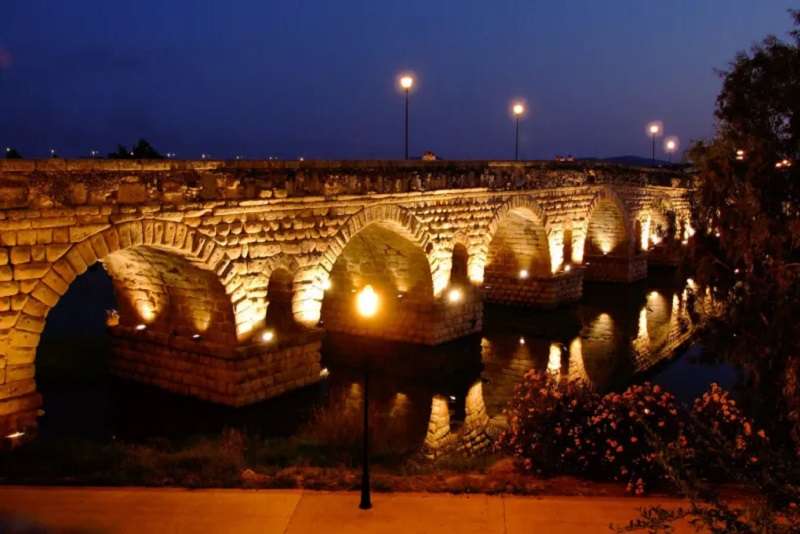
It is currently part of the Archaeological Ensemble of Merida, declared a World Heritage Site in 1993 by UNESCO.
Its use is pedestrian, it is open to the public and at night it has a lighting that gives it a special magic.
The sections of the Roman bridge of Mérida
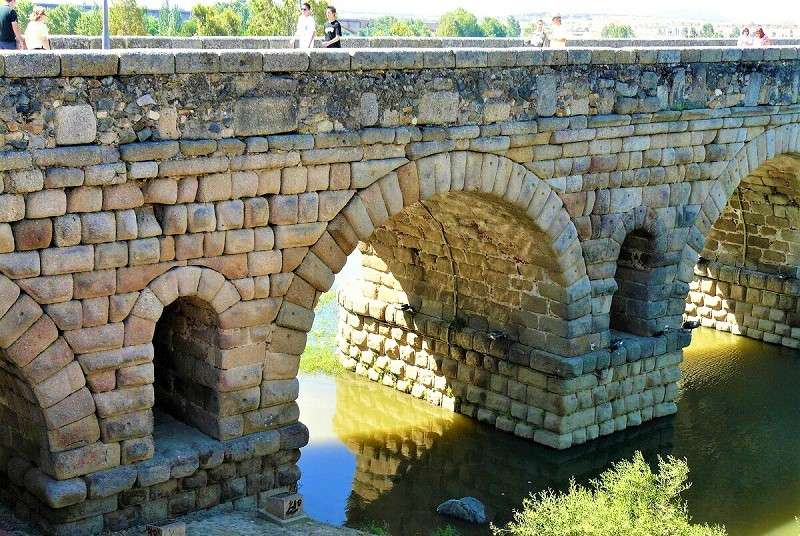
The work on the bridge over the Guadiana was carried out in sections:
- The first goes from the city to the first upstream descent called the Humilladero. It corresponds to the first 10 arches and has undergone little remodeling.
- The second goes to the San Antonio descent, the most affected by the passage of time both by the flow of the river and by the action of man. It corresponds to the following 25 arches.
- The third begins at the San Antonio descent, which dates from the 17th century, and goes to the end, where the remains of a Roman concrete platform remain. It is the one that has needed the least repairs as it has not been so affected by the floods of the river.
A curious fact
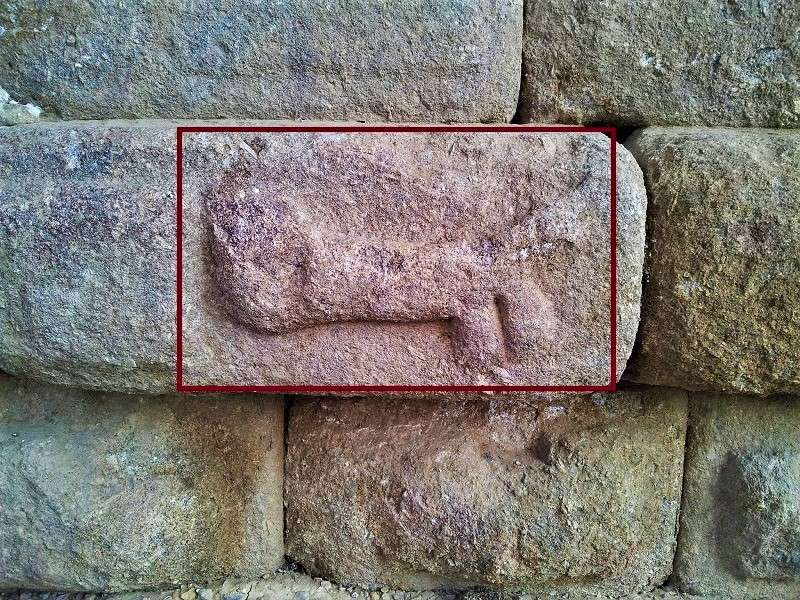
Did you know that there is a phallus on an arch of the bridge? It is also at a key point: under the first arch of the bridge and welcoming you.
This is no coincidence, since in ancient Rome phallic symbols were synonymous with fertility, prosperity and protection; unlike how obscene they may seem to us today.
In fact, there are several phalluses scattered throughout the different Roman monuments of Merida.
The phallus is sculpted in relief on a granite ashlar, horizontally and to the left.
Frequently Asked Questions
No, the Roman bridge is a structure of Merida open to the public for their use and enjoyment. Remember that it is pedestrian and cannot be accessed by car or motorcycle.
The Roman bridge over the Guadiana is open all day and night.
Of course! Check out the best guided tours in Merida.
The address of the Alcazaba of Merida is P.º Roma, 1A, 06800 Merida, Badajoz. You can see the location on the map here.
More of Merida’s historical heritage
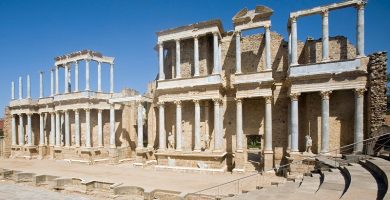
Roman Theater of Merida
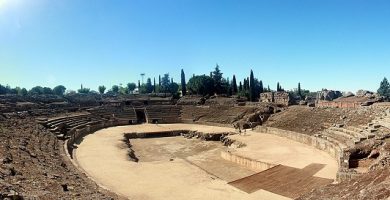
Mérida Roman Amphitheater
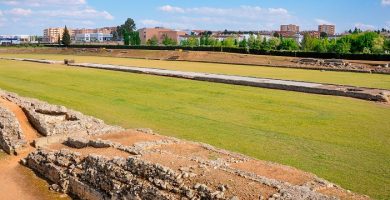
Roman Circus of Merida
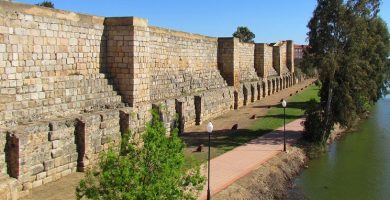
Moorish Alcazaba of Merida
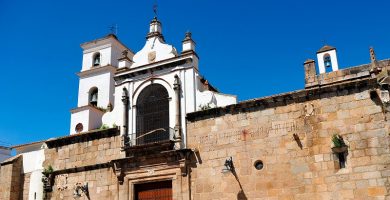
Co-cathedral of Santa María la Mayor of Mérida
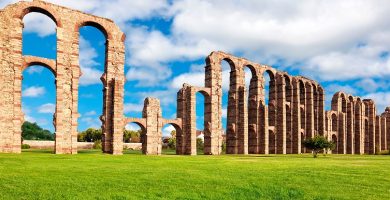
Los Milagros de Merida Aqueduct
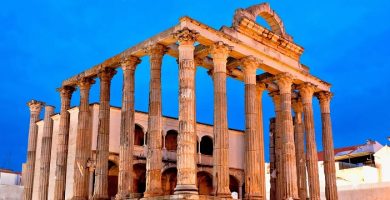
Roman Temple of Diana in Mérida
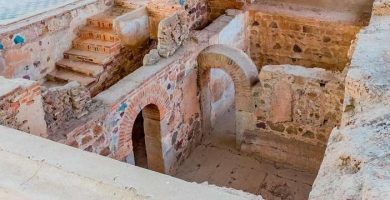
Casa del Mitreo House in Mérida
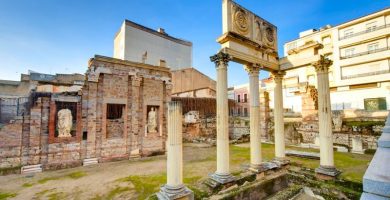
Portico of Merida’s Municipal Forum
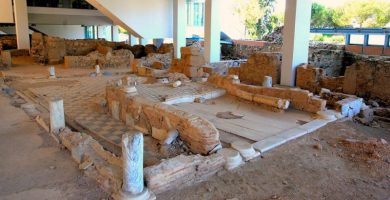
Morería de Mérida Archaeological Site
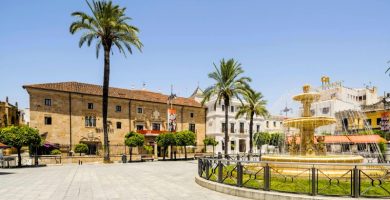
Plaza de España in Mérida
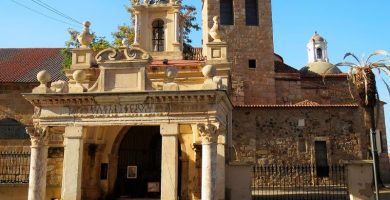
Basilica of Santa Eulalia in Mérida
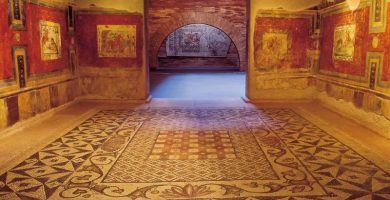
National Museum of Roman Art of Mérida
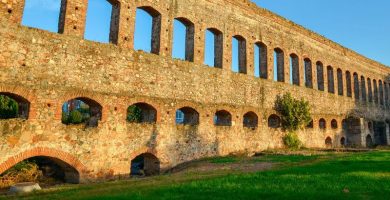
San Lázaro Aqueduct in Mérida
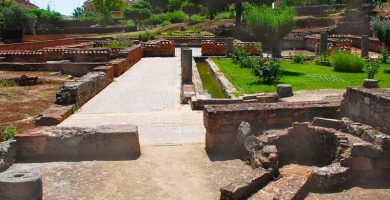
Merida Amphitheater House
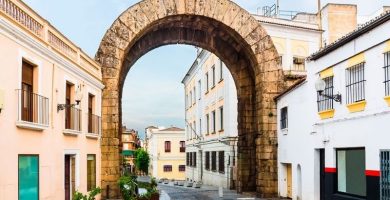
Trajan’s Arch of Mérida
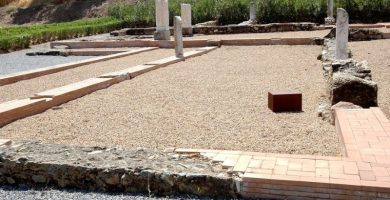
Mérida’s Xenodoquium
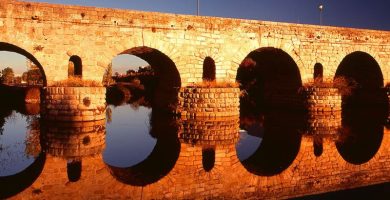
Roman Bridge over the Albarregas
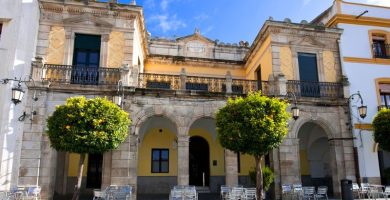
Círculo Emeritense in Mérida
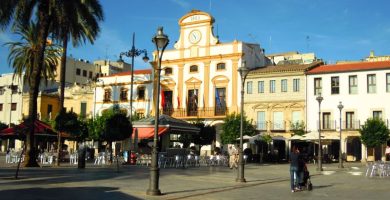
Mérida City Hall
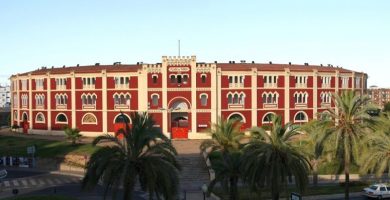
Bullring of Mérida
